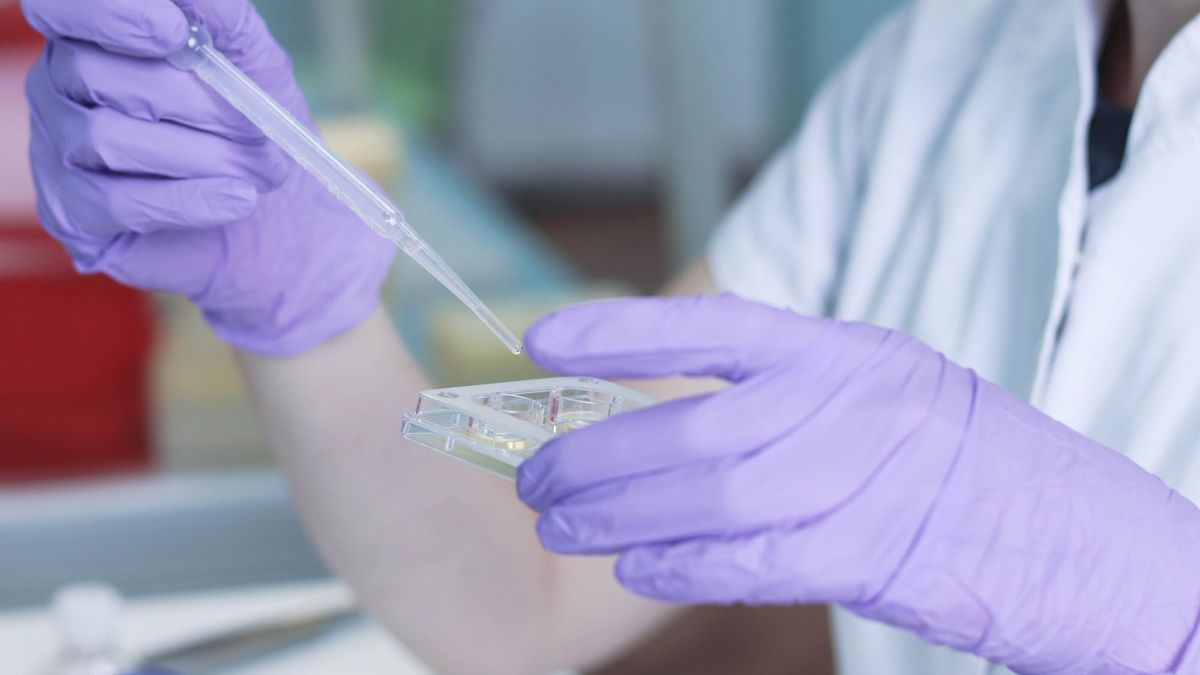
Scientists have developed structures similar to the human embryo without sperm or eggs, a new hope for research into miscarriages and birth defects that nevertheless raises ethical questions.
A group of researchers published their research in the scientific journal Nature on Wednesday, describing how they managed to create a mock-embryo from human embryonic stem cells.
A discovery that revives ethical debates
Scientists have hailed this work as an “impressive” breakthrough that could unlock the secrets of the first days of pregnancy, when failures are most common.
These results continue to fuel the debate on clearer ethical rules for the laboratory development of human embryonic models.
The group of researchers, led by Palestinian Jacob Hanna of the Weizmann Institute of Science in Israel, produced human-like embryos aged 14 days, the legal limit for this type of research in many countries, until now where organs like the brain begin to develop.
A step forward in understanding the first stages of development
The researchers assured that their work differs from previous ones on the subject, because they use chemically modified cells rather than genetically, and because their models, with yolk sac and amniotic cavity, more closely resemble human embryos.
These similarities may make these models more effective for research into miscarriages, genital malformations and infertility, said James Briscoe of the Francis Crick Institute in London.
The structure created “appears to produce all the different types of cells that form tissues at this early stage of development“, he indicated.
This study “is a step towards understanding a period of human development which leads to the failure of many pregnancies, and which has always been very difficult to study until now“.
These are not human embryos
The researchers behind the study and other scientists insisted that the structures created should not be considered human embryos.
They “closely resemble, but are not identical” to human embryos, the study said.
This research and other recent work shows that “Human embryo models are becoming more sophisticated and closer to what can happen during normal development”said Darius Widera, an expert in cell biology at England’s Reading University.
The text underlines “that a robust regulatory framework is more necessary than ever“, he insisted.
